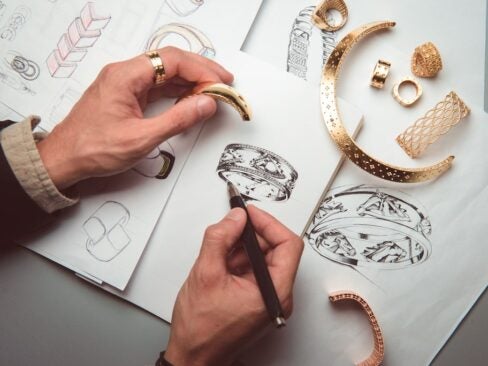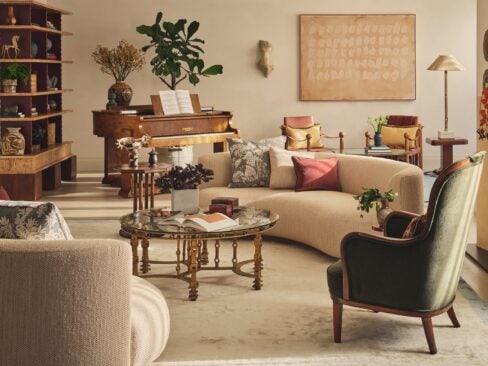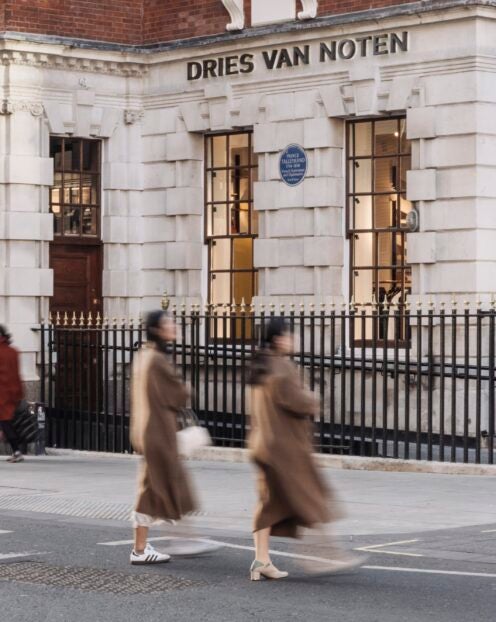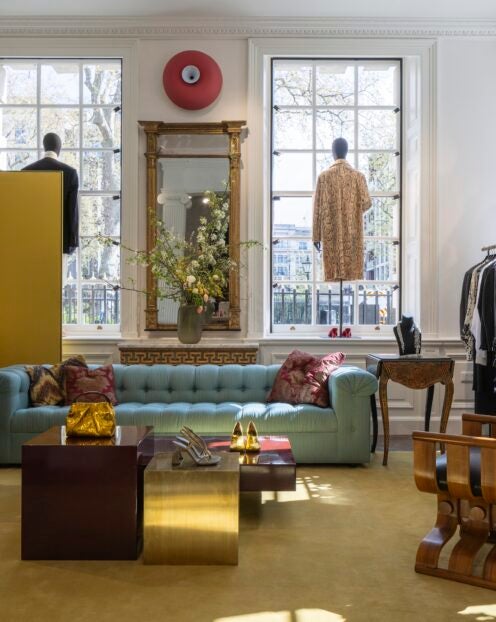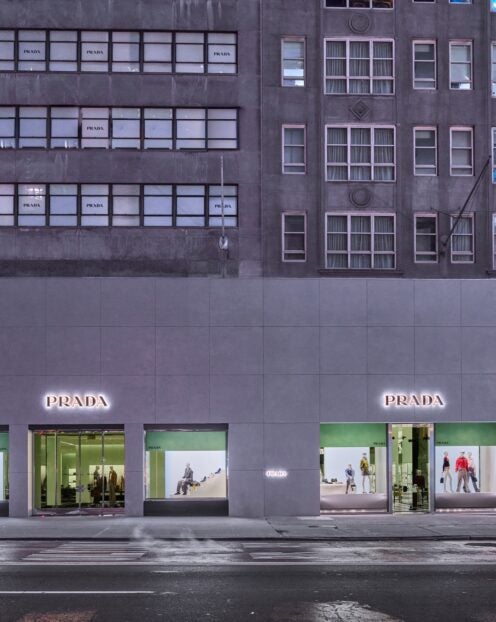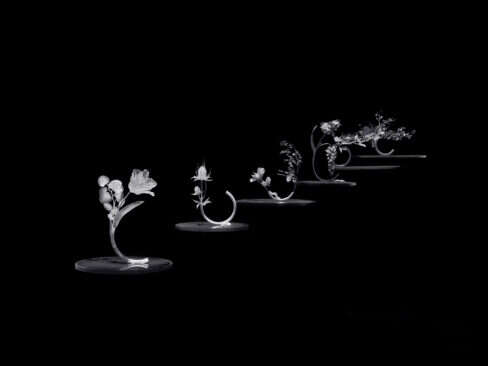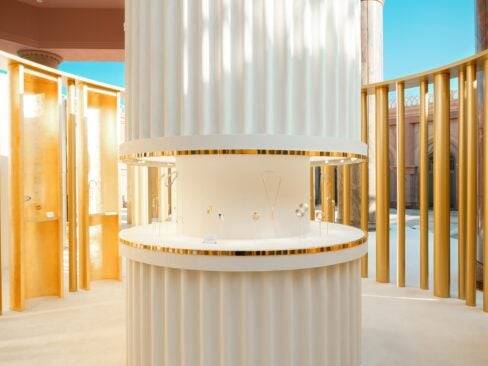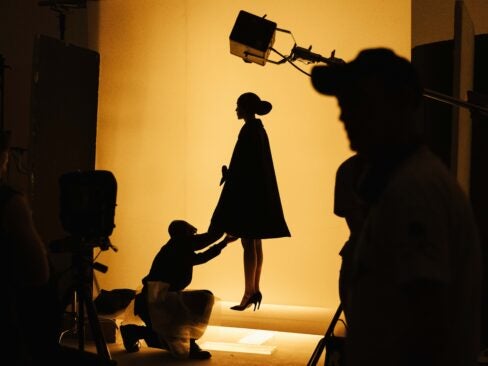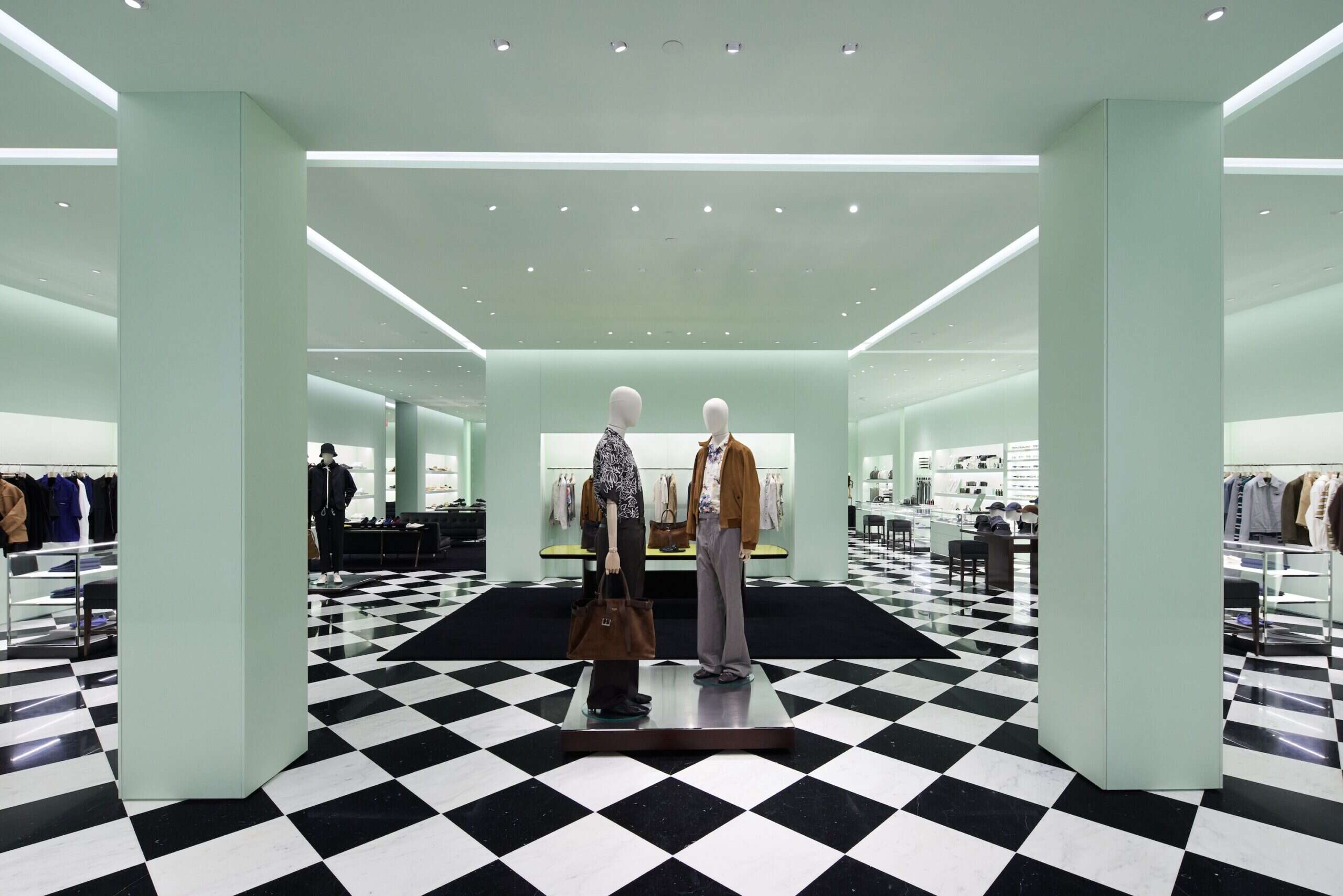
Five years ago, luxury retail came to a standstill. The once well-heeled sidewalks of Fifth Avenue emptied, SoHo’s cobbled streets fell silent, and storefronts were boarded shut. In a city like New York, where movement is constant and consumption is the culture, the pause was palpable.
Fast-forward to today and, while headlines warn of a global slowdown in high-end spending, the city’s most storied shopping districts have surged back to life. But this isn’t just a return to business as usual. In the face of shifting consumer behavior, geopolitical uncertainty and a more cautious ultra-high-net-worth shopper, brands are going all in, focusing not just on product but on place.
From experiential flagships to design-led concept stores and curated cultural programming, physical retail is being reimagined as a cornerstone of the brand universe.
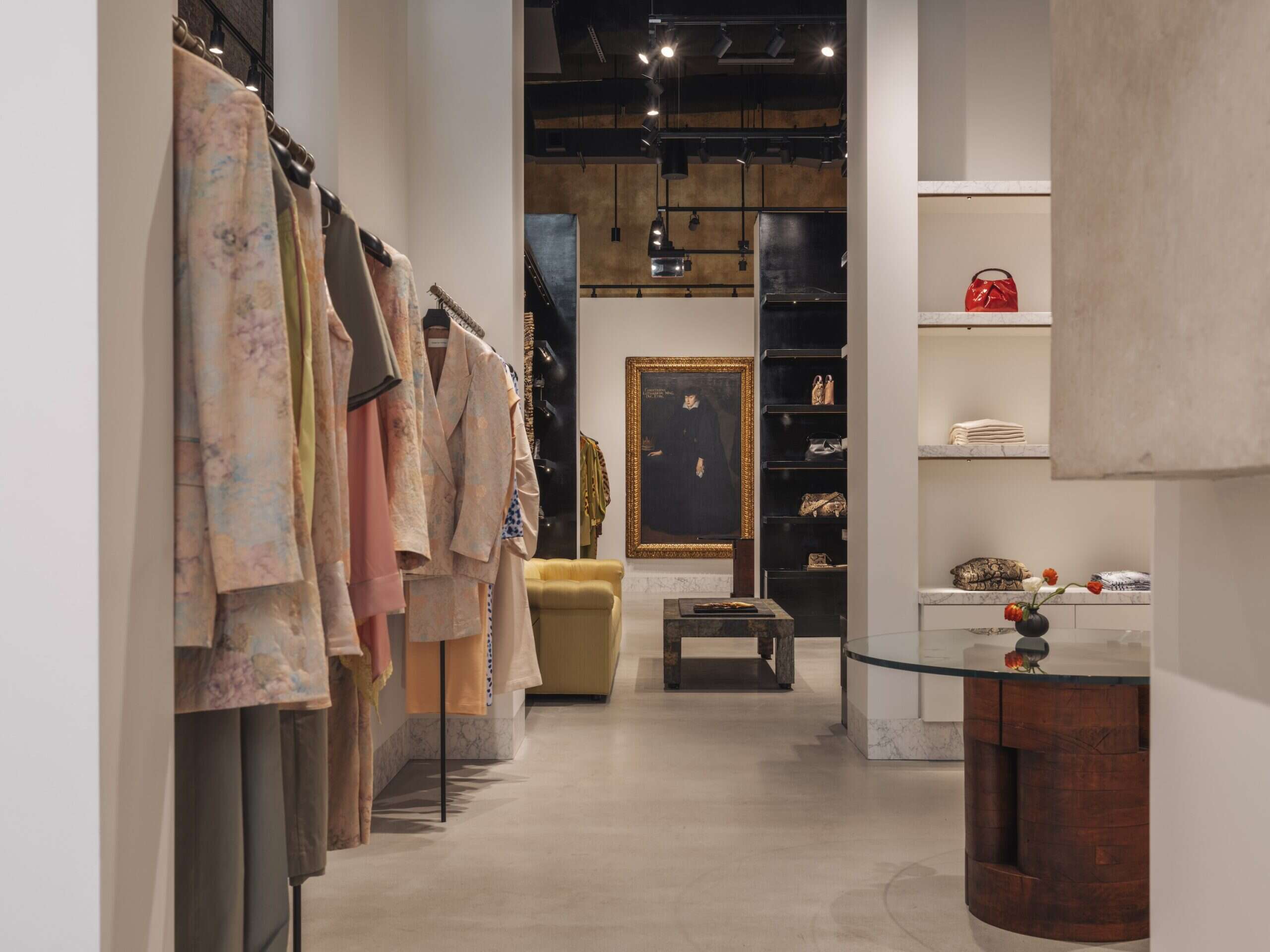
Dries Van Noten
It took over a decade of searching, but Dries Van Noten finally found the right space (and the right moment) to open his first New York flagship. Tucked into a prime patch of Mercer Street in New York’s SoHo, the boutique opened its doors in April 2025 — and it feels less like a store and more like an invitation into the mind of one of fashion’s most quietly influential voices.
Spanning two floors and crowned by 22-ft ceilings, the 3,530-sq-ft space reflects Van Noten’s deeply personal approach to design. Though he recently handed over the creative director role to longtime collaborator Julian Klausner, this store remains unmistakably Dries. He oversaw everything from the architectural layout to the art on the walls — there’s a Tracey Emin piece, a Gaetano Pesce resin armchair and a 17th-century portrait of Sir Richard Broke. A crushed-metal sculpture by Ben Storms anchors the elongated layout, while a dramatic gold-leafed volume housing the brand’s perfume and beauty lines draws the eye to the rear. It feels all the more poignant that the collection hanging on the store rails is the last Van Noten designed himself — a swan song of textural play and lush patterning.
In a moment of flux for retail and uncertainty for international brands entering the US market, Dries Van Noten isn’t scaling back but showing up. Choosing now to open a flagship isn’t about chasing products or transactions; it’s about presence. That focus on physical storytelling carries through to the brand’s London flagship, which opened just days earlier in a converted bank on Hanover Square. While New York leans into monumentality and modernity, London offers intimacy and historic texture, complete with a speakeasy-style vinyl corner and sculptural lighting. Each store reflects its city: distinct in tone, yet clearly cut from the same cloth.
The boutiques form part of a wider global expansion that continues through 2025, with standalone beauty and accessories concepts slated for Milan and Brussels. Together, they signal a growth strategy done Van Noten’s way: considered, soulful and just a little unexpected. In a world increasingly defined by digital speed and sameness, Dries Van Noten boutiques are a quiet, tactile rebellion.
[You Can Read Our Interview with Dries Van Noten on the new New York opening here]
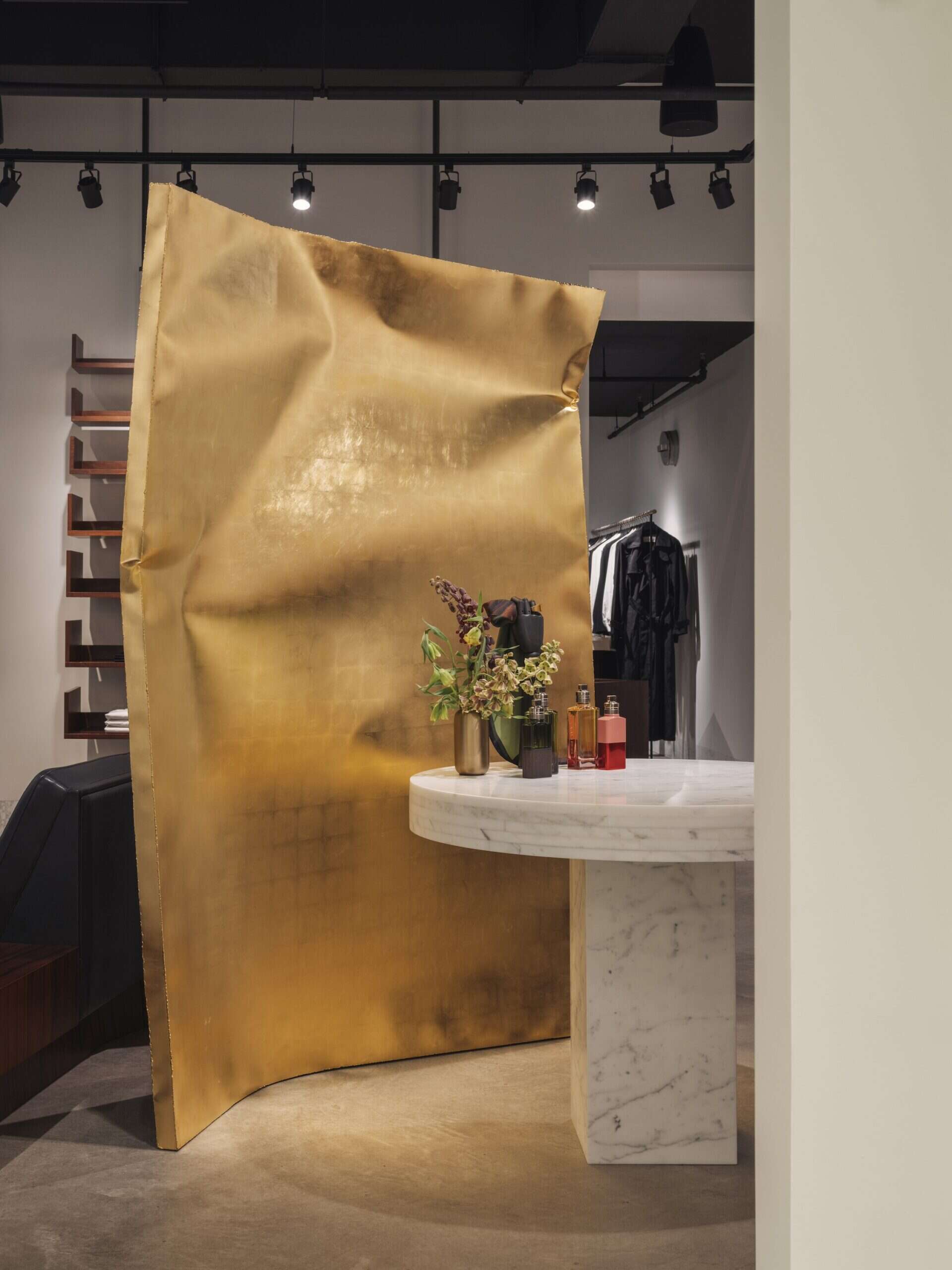
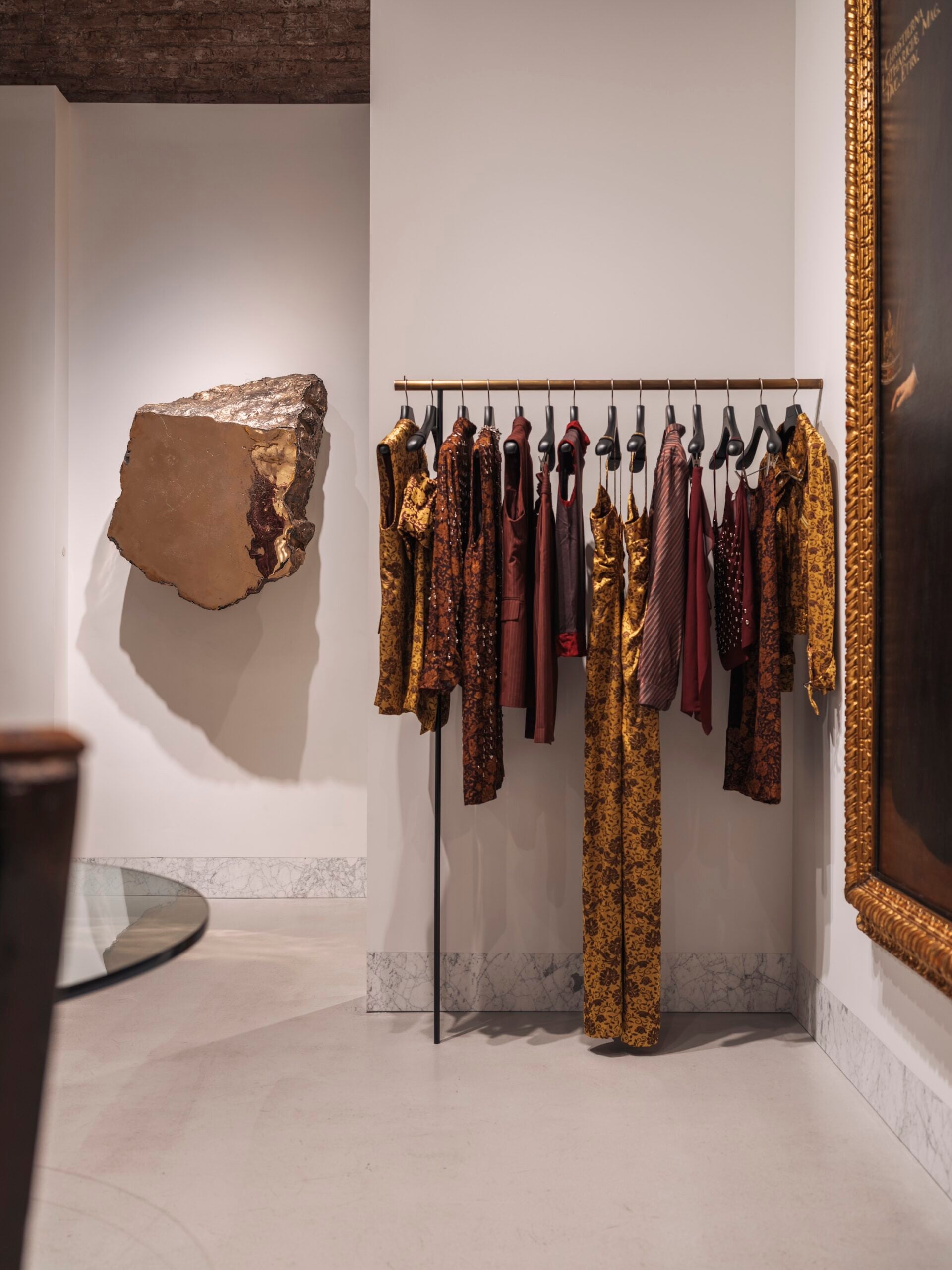
Prada Men’s
On perhaps the most famous shopping street in all the world, Prada has called Fifth Avenue its Big Apple home since 1997. Yet it wasn’t until December 2023 that the Italian house officially bought 724 Fifth Avenue, the address of its established New York flagship, along with its neighboring building — and the brand has spared no time settling in, having already expanded next door. In late March, Prada opened the doors to 720 Fifth Avenue, unveiling its first dedicated menswear store in the US.
Covering over 13,000 sq ft across two levels, the boutique brings a new sense of scale and intention to Prada’s menswear offering. Every inch of the space, from the rosewood flooring upstairs to the velvet seating, reflects a distinctly masculine vision of the Prada world. There’s continuity too: the signature black-and-white marble, pastel green walls and polished steel accents draw from the original Galleria boutique in Milan, bringing the brand’s Italian heritage stateside through forward-thinking design.
But this isn’t just about aesthetics. Upstairs, Prada has introduced a new level of personal service: its Made to Measure program is joined by a US-exclusive Made to Order offering, giving clients access to a custom wardrobe crafted from fine materials like silk, cashmere or calfskin. Whether designing a jacket or reimagining a signature shoe, the focus is on craftsmanship, character and couture-level detail.
The launch comes amid strong momentum for the Prada Group. Results from Q1 2025 reveal global retail sales for Prada itself held steady — a notable feat against 2024’s record numbers — while the group as a whole saw a 13% year-on-year rise, buoyed by Miu Miu’s exceptional 60% surge. It’s clear: Customer appetite for meaningful, in-person luxury is only growing.
Louis Vuitton
All good things come to those who wait — and Louis Vuitton knows how to reward patience in style. As the brand’s historic Fifth Avenue flagship undergoes a multiyear renovation, the French maison has set up shop just a few steps away with a so-called ‘temporary’ location on East 57th Street. But this is no stopgap solution. At 36,000 sq ft and five stories high, it’s the largest Louis Vuitton retail space in the US and a full-blown playground of fashion, food and fantasy.
Step past the towering facade of monogrammed trunks and inside you’ll find a world built around indulgence and imagination. There’s the brand’s first-ever US cafe — a wood-paneled corner serving petits fours and espresso — and a dedicated chocolate atelier where ganaches are shipped direct from Paris and packaged in LV-monogrammed trunks. Guests can explore a rotating lineup of installations and private salons, as well as immersive elevators dedicated to different artist collaborations.
In the age of e-commerce and same-day delivery, Louis Vuitton is betting on something else: experience. There’s a library curated by fashion author Ian Luna; a New York-exclusive capsule collection (monogrammed skateboards, reimagined Speedys, baseball caps); and endless photo ops engineered for Instagram. It’s all part of a larger shift toward turning stores into destinations — the future not only of Louis Vuitton, but of what CEO and president Pietro Beccari sees as a sector-wide movement. “Retailtainment,” as he described it in an interview with Vogue Italia published in April, is “a mix of products, brands, experiences and culture.”
So the question for shoppers is no longer “What are you buying?” but “What are you walking into?” For Louis Vuitton, offering more than clothes on a rack isn’t just added value but rather a statement of intent, an invitation into a wider world of the maison. Despite its ‘temporary’ billing, this 57th Street outpost delivers everything but brevity. Even between homes, Louis Vuitton is quite incapable of doing anything by halves.


